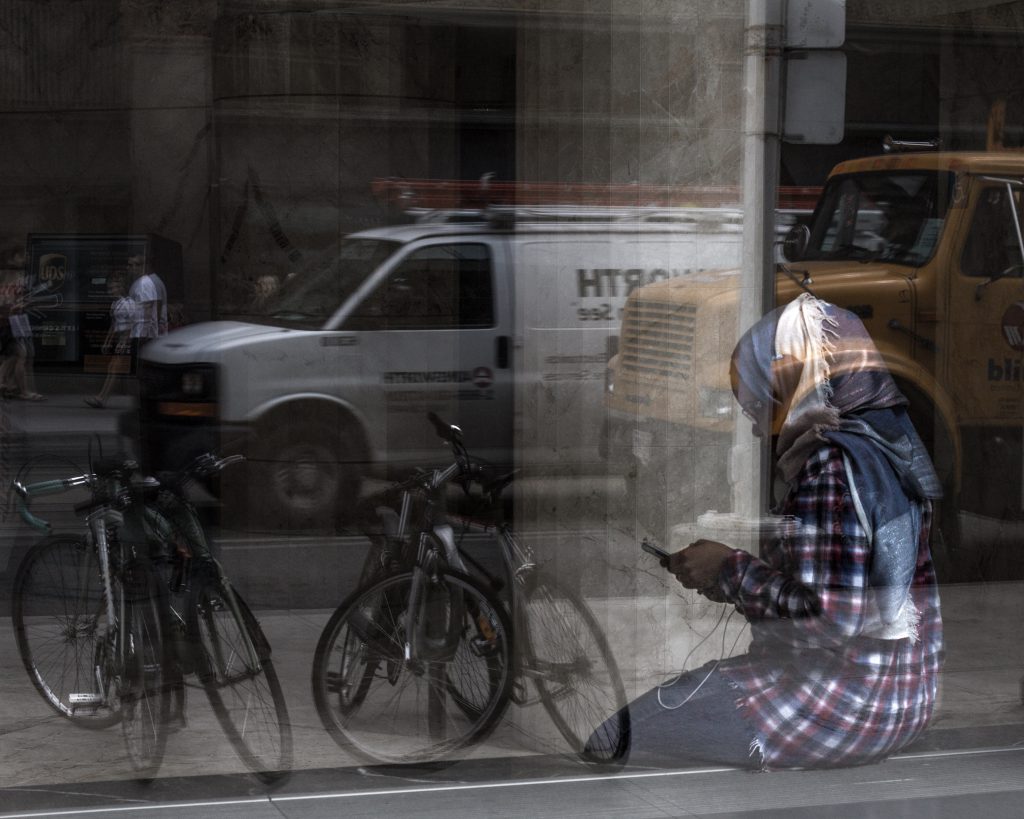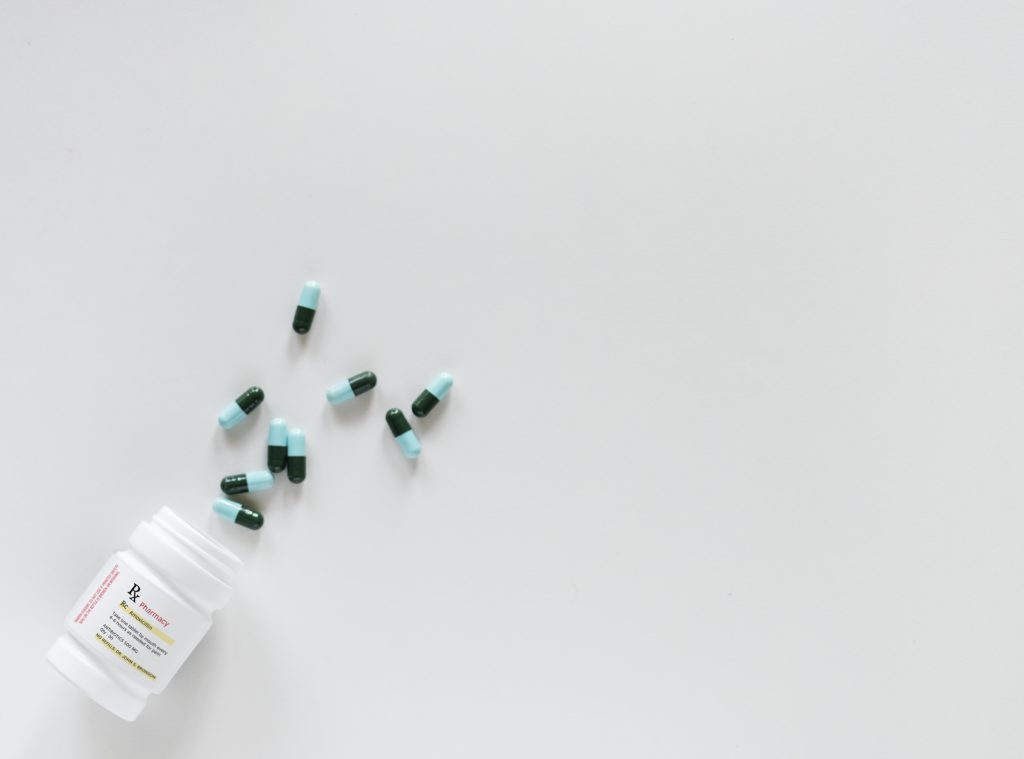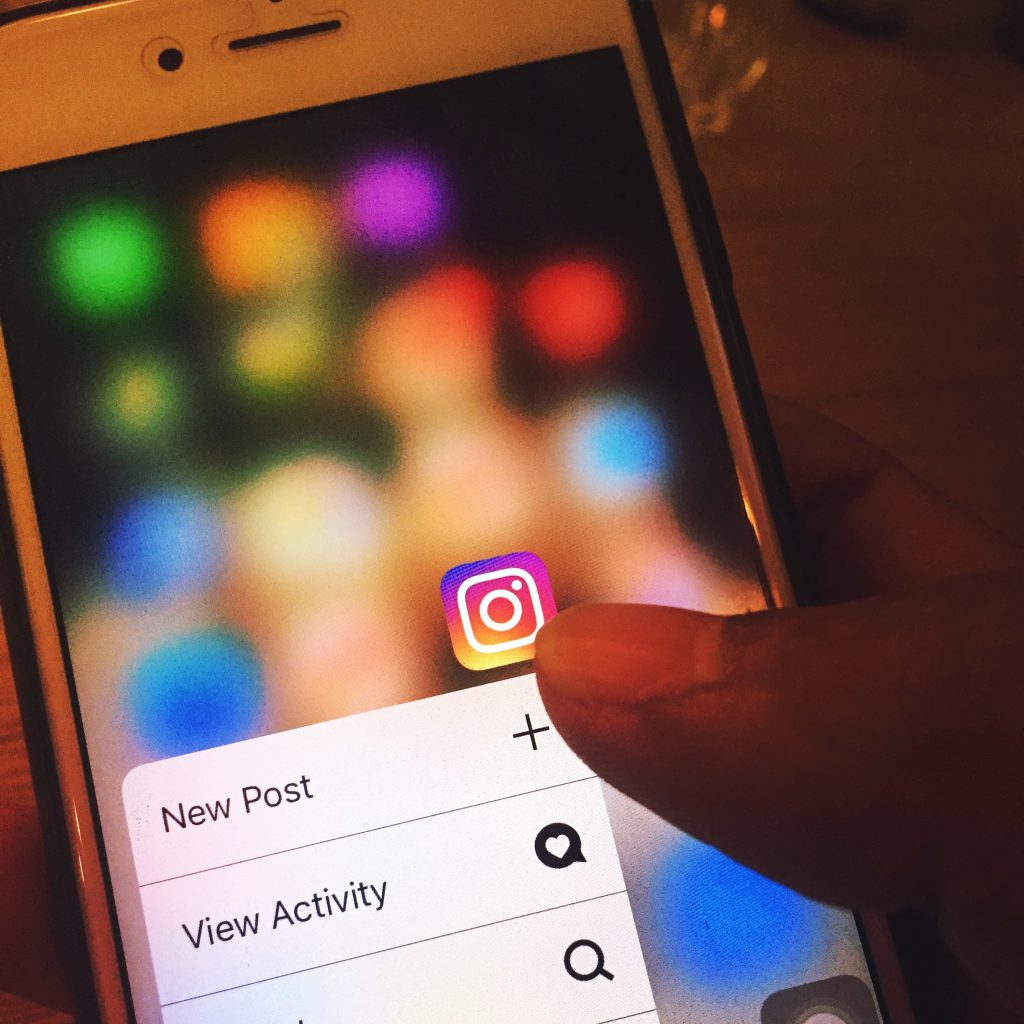
Yesterday, the Pew Research Center published a new report about teenagers and how they use social media. It can feel like these sorts of reports and the stories that follow can occur way too often (and they kind of do), but they can cover a variety of topics about adolescents and social media, from popular apps to mental health to what kind of content that people prefer to post. These frequent reports can also make sense when considering just how fast technology and social media are, with trends, memes, and viral content changing all the time.








